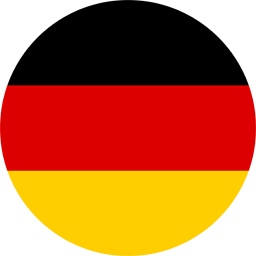 DeutschlandLanguage
DeutschlandLanguage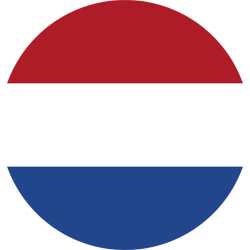 Nederland
Nederland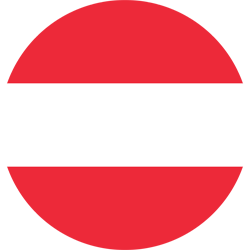 Österreich
Österreich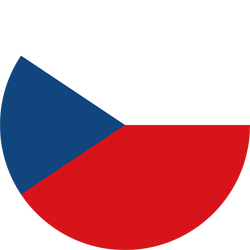 Česko
Česko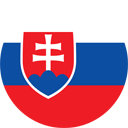 Slovensko
Slovensko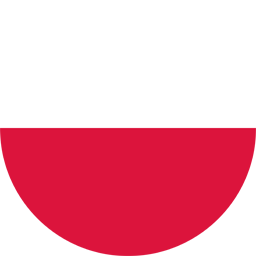 Polska
Polska France
France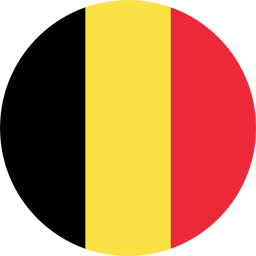 BelgiëLanguage
BelgiëLanguage Italia
Italia
We are at your disposal to print spot colours according to the HKS colour wheel and the Pantone system. Here at your online print shop printworld.com you can order high-quality, individually printed letterhead, writing pads, business cards or desk pads in spot colours online & at a reasonable price - we have put together a few details about printing and design below:
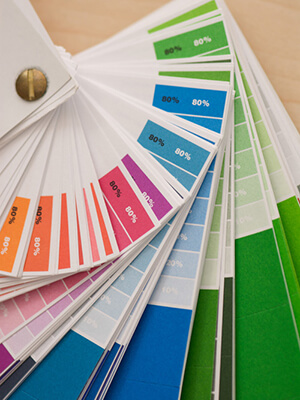
Coloured print products are usually produced using four-colour printing. The print image is successively printed onto the paper by means of subtractive colour mixing of the four standardised basic colours CMYK - cyan, magenta, yellow and the black "key" component - to reproduce the desired images, texts and logos. However, some cases require a print result that exceeds the possibilities of four-colour printing.
This is where spot colours, also known as special colours, come in. Spot colour, usually defined according to Pantone or HKS palettes, enables printing colours outside the four-colour printing method range.
Another major advantage of working with the standardised systems of spot colours is to achieve a level of recognition that is independent of individual colour perceptions. By creating special colours or spot colours according to precisely defined formulas, printed products will come out exactly the same all over the world. This is especially useful for companies or other businesses that have a distinct corporate design and define themselves using a specific colour. Two well-known examples of special colours are the ZDF orange (Pantone 151) or the Siemens petrol (Pantone 321).

1963 was to mark an irreversible change in the world of printing inks. Lawrence Herbert, owner of a small New Jersey-based cosmetics and fashion company called Pantone, introduced his Pantone Matching System ("PMS") in that year. It was to become the most widely used system internationally to this day, by which colours and their production could be precisely defined and standardised.
1,867 colours can be generated from 14 basic colours according to the Pantone Matching System. A unique number quickly identifies each of the colours in the Pantone colour palette and reproduces them exactly. A further distinction is then made according to the substrate, as the same colour can make a very different impression on different types of paper: coated and uncoated. Depending on the paper type, Pantone colours are assigned a C or U (the temporarily used M (matt) for matt paper has now been discontinued by Pantone). The system was then expanded in May 2010 to become the so-called Pantone Plus System with 224 new colours, finally expanding again by 336 colours with the 50th Anniversary Edition in 2012.
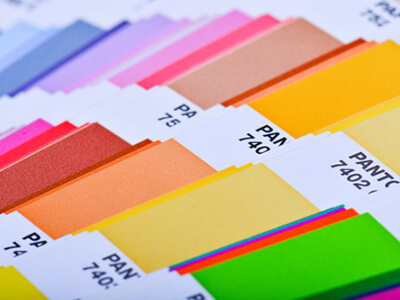
Besides the internationally used Pantone system there are other, predominantly regional suppliers. In Germany, spot colours are often defined according to the HKS colour wheel. The name "HKS" derives from the combination of the three ink manufacturers Hostmann-Steinberg, K+E Druckfarben and Schmincke, who have been defining HKS inks since 1968.
A total of 3,520 spot colours in the HKS colour palette are produced from 88 basic colours and 39 colour shades. Just as with the Pantone system, each HKS colour is represented by a number including an abbreviation for the corresponding paper type. Colours are optimised for four different paper types:
Colour Matching (colour adjustment depending on the type of paper) ensures that colour perception remains almost identical across different paper types.
The most important advantage of Pantone and HKS: